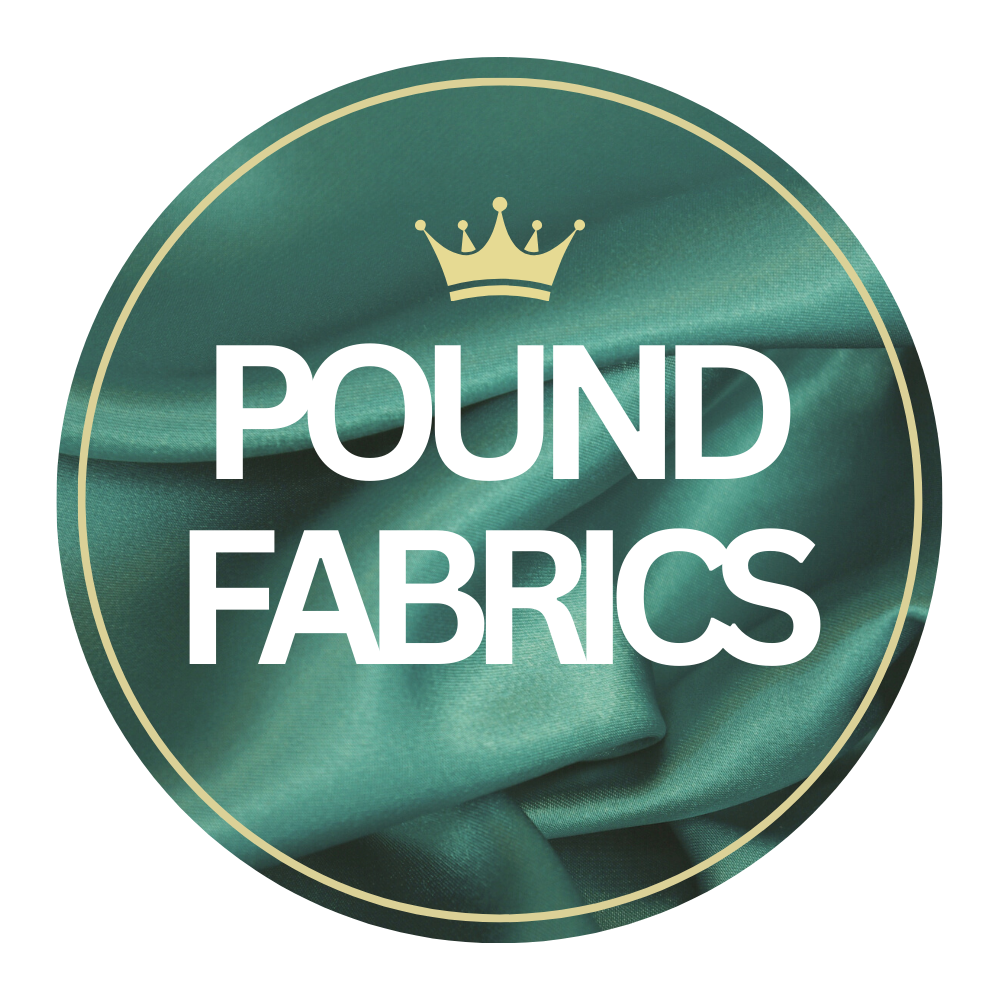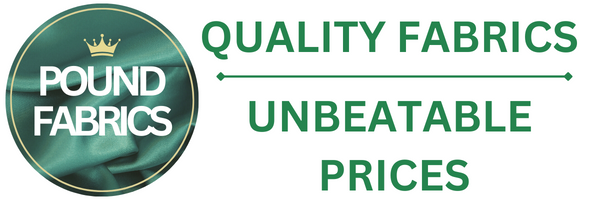Sequin fabric is renowned for being one of the most awkward fabrics to work with. But now is a better time than ever to face up to this material and make the most of its potential. Whether you’re creating items for your own use or to sell, the dazzle of sequins is achieving peak popularity when it comes to various areas of textile design, from clothing to homeware and even hair accessories! Now, there are all sorts of different sequin materials out there, so to try to explain them all in one article would be futile. For now, let’s focus on stretch sequin fabrics.
Types of Stretch Sequin Fabric
Lurex
- Metallic (usually aluminium based)
- Polyester film to prevent tarnishing and staining
- Not affected by salt water (can be used for swimwear)
- Flexible
- Dye resistant
- Very stretchy
Polyester
- Solvent resistant
- Good ventilation
- Can be dyed
- Relatively stretchy
Lycra
- Lightweight
- Resistant to sunlight, sweat, and detergents
- Retractive (forms a “second skin”)
- Can be dyed
- Extremely stretchy (can be stretched four to seven times its original length)
See our full range of sequin fabrics here.

Before you cut your materials or start laying down your pattern pieces, you have a couple of things to bear in mind. The first is that sequin fabrics have a nap. The nap is the direction that the sequins are lying in. You want this to be uniform, especially if the sequins on your fabric have a different coloured underside. Failing to identify the nap could result in a mismatched final project with sequins lying in all sorts of directions and colour varying in different parts of your item. The easiest way to achieve uniformity is to cut your fabric so that all of the sequins face down. If you’re using two-tone sequin fabric, cut the piece so that the colour you want to show off the most is facing down. Once this is all settled, place your fabric shiny side down. You can then place your pattern piece on the dull side. The second thing you need to bear in mind is that the material is stretchy. The best way to deal with this is to make use of a cutting mat and keep your pattern piece in place by weighing it down with fabric weights. You should then use a sharp rotary cutter to cut around it. This will prove a lot more effective than pinning your pattern piece to the fabric and cutting around it with scissors. You will get a much cleaner cut and finish. Bear in mind that pieces of sequins are likely to fly out as they are cut, so go slowly and mind your eyes.
Now, you may be wondering whether you need a heavy duty needle in your machine to puncture through the tough sequins. The answer to this is no. The best way to go about sewing your fabric without damaging your needle is to mark out your seam lines with a contrasting basting stitch. You can then remove the sequins along this line with a quick unpicker. This will make the fabric easier to sew and will also prevent seams from bulking. This also means that you can use a ball point needle in your machine, which works much better with the stretch fabric that the sequins are lay on. Opt for a zig zag or stretch stitch as you would with any other stretch fabric to prevent seams from splitting or fraying in places.
While sewing with sequin fabric may seem complex at first may seem complex, you will quickly get used to it. How have you progressed with your use of the fabric? Keep us updated in the comments section below!











Leave a comment (all fields required)